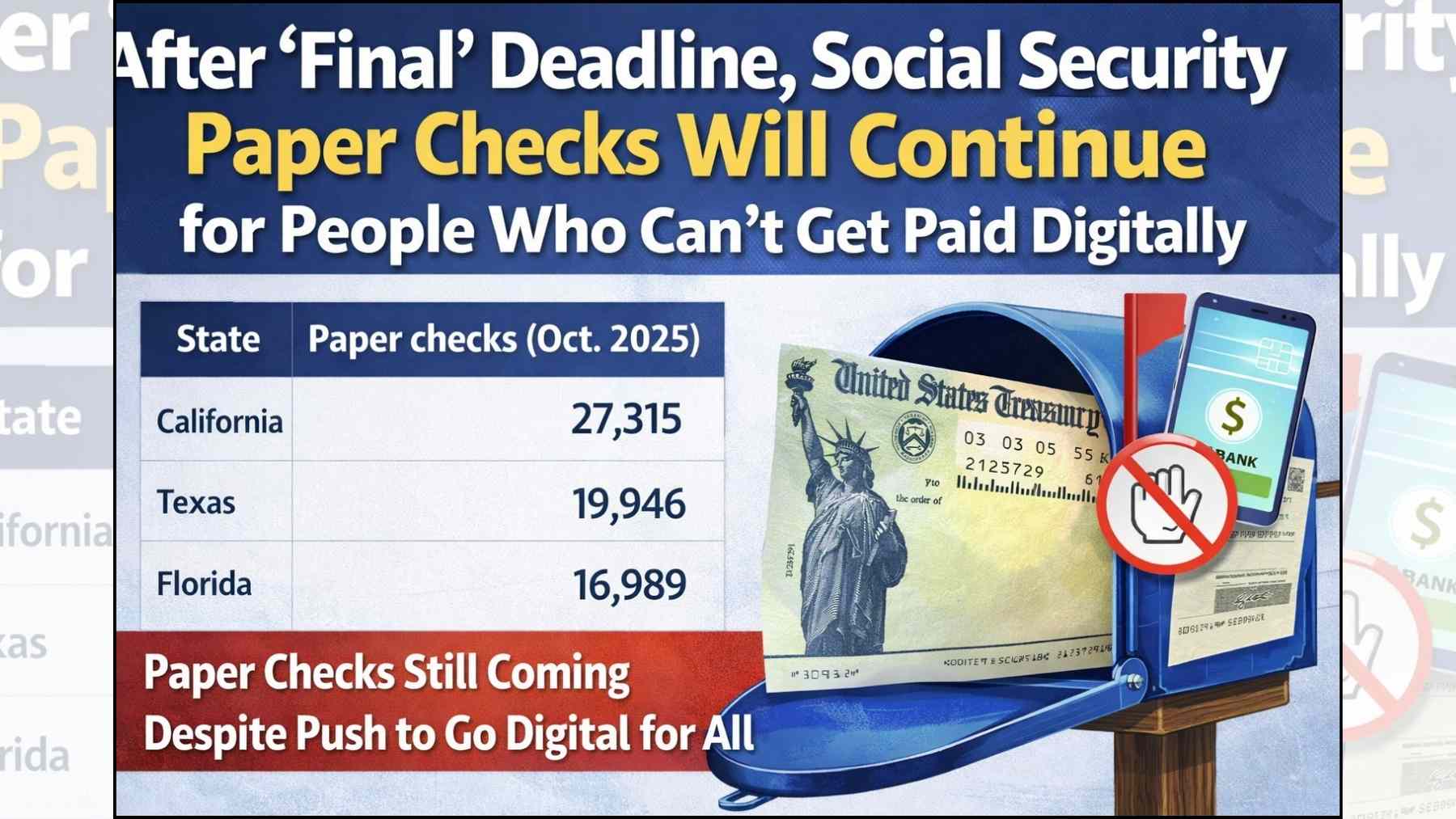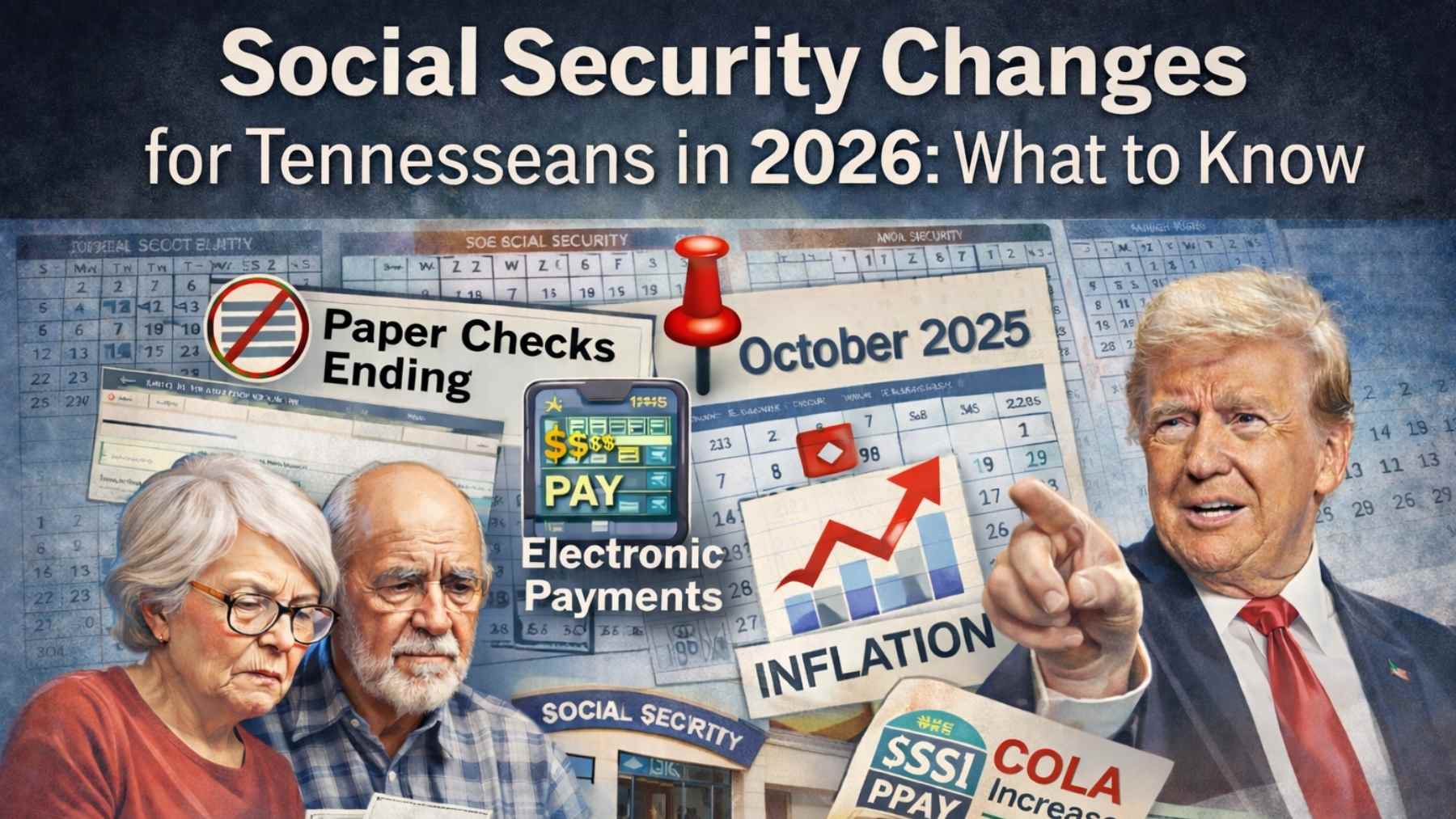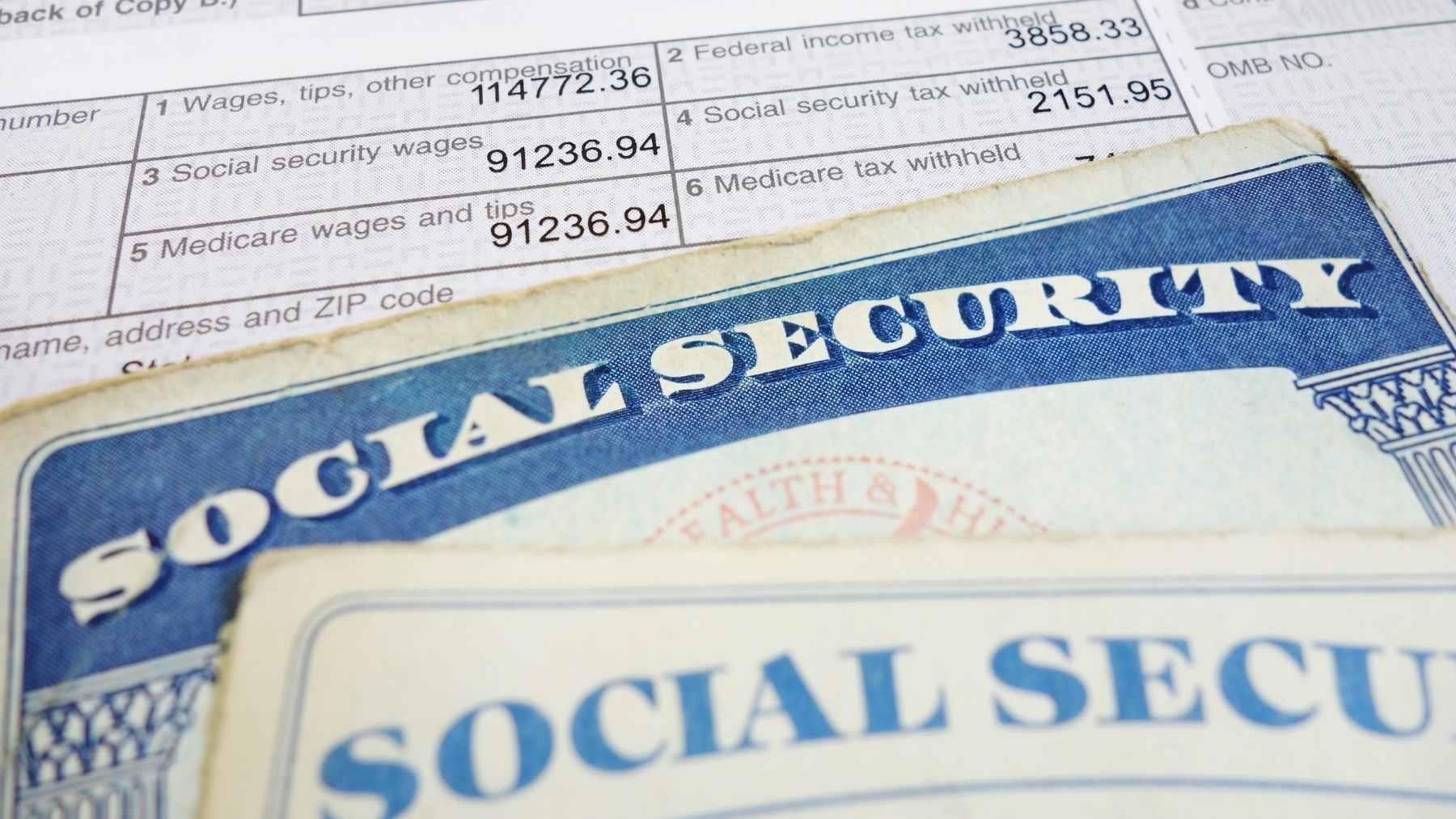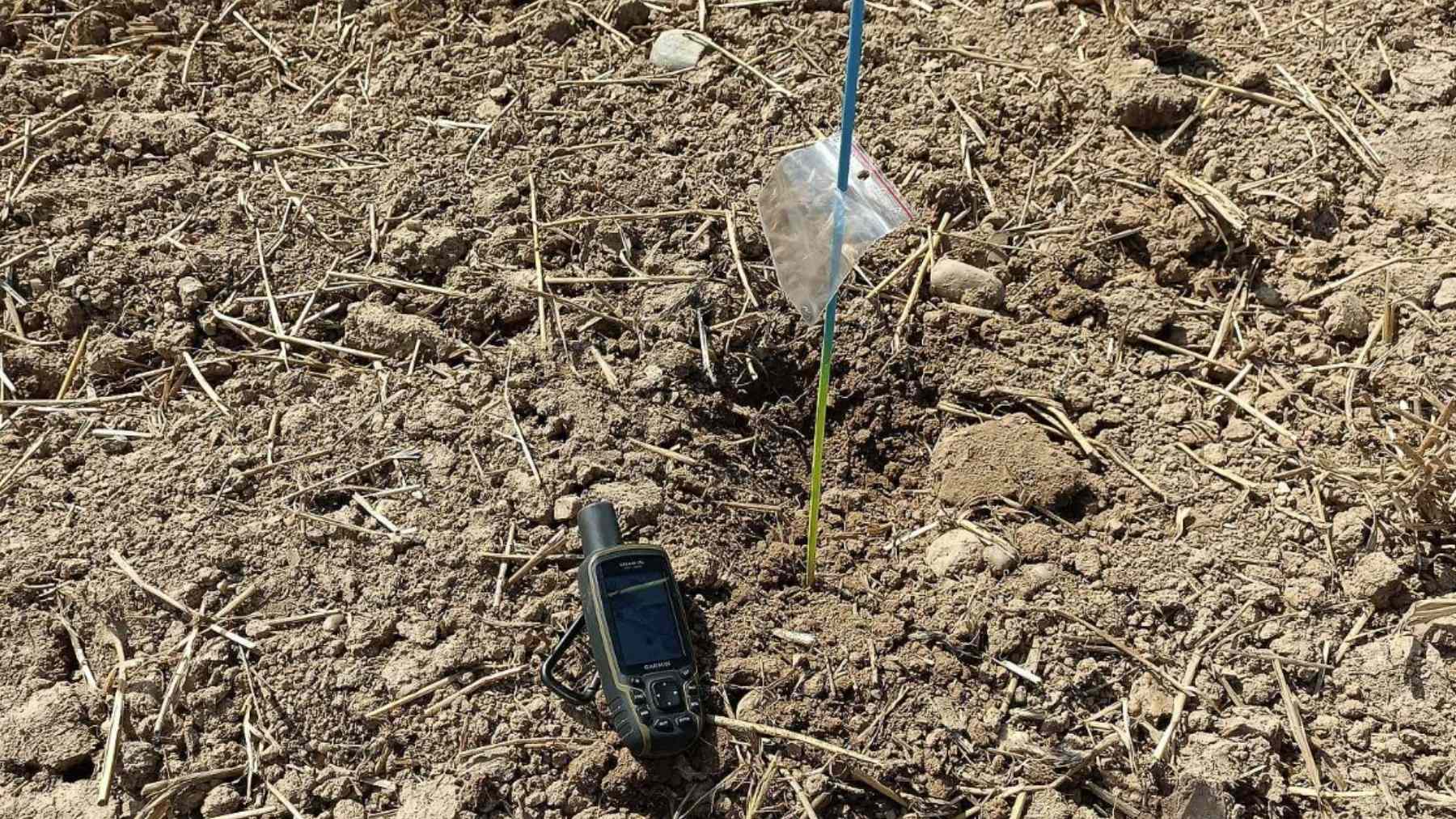New Yorkers, among others, can expect to receive a double payment this month. With the year soon coming to a close, beneficiaries across a variety of programs are set to receive the last of their 2025 payments. Ranging from nationwide to state-specific payment programs, they play a critical role in ensuring that those who are the most economically vulnerable are able to pay for essential resources and services. Additionally, this month in particular saw a number of first-time payment initiatives being implemented by local authorities.
New payment programs for New Yorkers
While once-off widespread stimulus payment initiatives from federal authorities are generally reserved for when a major economic crisis or need is identified, states have continued to implement their own once-off stimulus and payment programs based on the specific needs of their residents. New York authorities have been a prime example of this, with eligible New Yorkers receiving a variety of new payments this month alone.
One new payment initiatives Governor Kathy Hochul’s government has implemented for the state include the new inflation rebate checks. These payments began to be distributed to eligible New Yorkers from September of this year, whereby beneficiaries could receive up to $400 in rebates in order to assist in covering the increase in household expenses due to inflation:
“These one-time payments provide relief to New Yorkers who have paid increased sales taxes due to inflation,” described New York’s Department of Taxation and Finance website.
The initiative is expected to benefit over eight million residents. Eligibility for the once-off inflation checks is based on your 2023 state income tax returns as well as your filing status, with the $400 payment being the maximum amount you can receive from New York authorities. If you filed Form IT-201 for tax year 2023 and were not claimed as a dependent on another taxpayer’s return and meet the income limits, your rebate will be automatically mailed to you.
Double payment for this month for these beneficiaries
On top of these initiatives, eligible New Yorkers may also be set to receive a double Social Security payment this month from the Social Security Administration (SSA). According to the official SSA payment schedule, this month, recipients of Supplemental Security Income (SSI) receive their November payment on October 31 as opposed to the usual scheduled first of the month. This is because November 1 falls on a weekend this year, meaning that payments must be advanced.
Beneficiaries are reminded that this does not mean that they are receiving a ‘bonus’ payment this month. The double payment this month is merely your November benefits paid out early. The next payment date for SSI recipients will be December 1, following the October 31 payment. SSI benefits are reserved specifically for individuals who have access to very little or no income and/or resources. The maximum SSI payment individuals can qualify for is $967, and $1,450 if you are a couple filing jointly.
New payment increase for these beneficiaries
Recently, the SSA announced the new cost-of-living adjustment (COLA) statistic, which determines by how much SSA beneficiaries’ payments are increased for the new year. This year, the new COLA was announced to be 2.8% for 2026 payments. This year’s COLA was set at 2.5%. The new COLA will see payments increase by an average of $56 per month.
While COLA is intended to ensure that beneficiaries’ payments maintain the same buying power throughout the year, many have suggested that the increase is insufficient in keeping up with the rise in household expenses each year. This is largely to do with the fact that COLA is determined retroactively based on the Consumer Price Index for Urban Wage Earners and Clerical Workers (CPI-W). Many have said that the CPI-W does not accurately reflect the spending habits of Social Security recipients (who are mostly retirees).
Disclaimer: This content is informational only and does not supersede or replace the SSA’s or IRS’s own publications and notices. Always verify any specific dates and amounts by following the direct links in our article to SSA.gov or IRS.gov, or by consulting your local SSA field office or tax professional.














